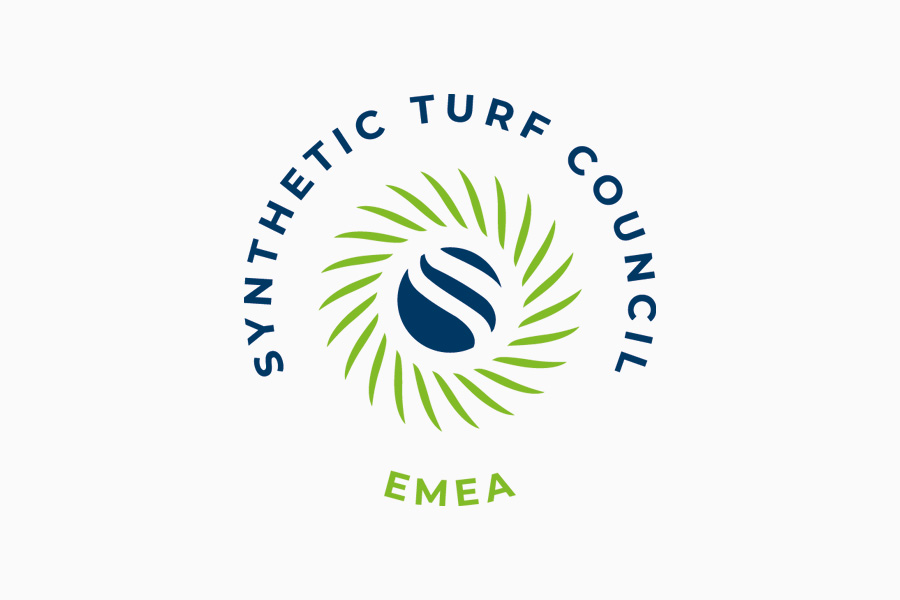NEW ECHA ANNEX XV INVESTIGATION REPORT
Prioritisation and preliminary risk assessment of SUBSTANCES IN INFILL MATERIAL
The European Chemical Agency (ECHA) has recently published a new Annex XV Investigation Report “Investigation into whether substances in infill material cause risks to the environment and human health that are not adequately controlled – prioritisation and preliminary risk assessment”. The report can be downloaded here. It has been prepared in response to concerns about the risks posed by substances in plastic and rubber granulates used on synthetic turf pitches, this follows a request by the European Commission, submitted to ECHA in August 2017. The conclusions of the report are as follows:
- The preliminary human health risk assessment does not exclude a potential for cobalt and zinc in infill to pose risks to human health and that these substances should therefore be considered for risk management.
- The preliminary environmental risk assessment does not exclude the potential for cadmium, cobalt, copper, lead, zinc, 4-tert-octylphenol, 4,4´-isopropylidene diphenol (BPA), bis(2-ethylhexyl)phthalate (DEHP), benzyl butyl phthalate (BBP) and benzothiazole-2-thiol to pose risks to the environment and that these substances should therefore be considered for risk management.
- It is recommended any further work to establish whether there is a risk for human health or to the environment from these substances is undertaken by preparation of an Annex XV (REACH) restriction proposal
The report also notes that if the proposed restriction on the use of intentionally added microplastics bans the use of polymeric infill on synthetic turf pitches, the need for risk management measures for the substances identified in this new report may not be required. However, the report does state that in the event of polymeric infill being banned, non-microplastic uses of recycled ELT may still require further risk managements measures. ESTC consider this could potentially include the use of ELT tyre granulate in-situ rubber shockpads, athletics track surfacing, etc.
ESTC supports restricting the presence of any substances in synthetic turf systems that have been shown to pose an unacceptable risk to human health or the environment. However, we note that the report fails to include information from a number of recent studies and reports that have been published. One of the studies is the European Risk Assessment Study on Synthetic Turf Rubber Infill (ERASSTRI), this concluded that the current levels of substances present in European sourced ELT derived rubber granules do not pose a risk to human health. This study has been independently published, in peer reviewed scientific journals (Science of the Total Environment, March 2020).
ESTC will continue to liaise with all relevant parties in the various user and supply chains and try to ensure any new restrictions are based on the latest scientific studies and are proportional to the risks identified, taking into account the many social and health benefits that playing sport on synthetic turf fields bring to many hundreds of thousands of citizens of Europe each year.
